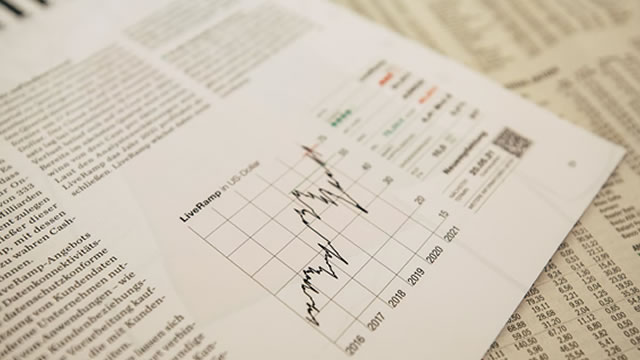The Pause in Big Name IPOs: Implications for Liquidity Pressure
In a recent interview on Bloomberg Technology, Greg Martin, co-founder of Rainmaker Securities, discussed the current pause in big-name Initial Public Offerings (IPOs) and its potential consequences for liquidity pressure in the market.
The Slowdown in IPOs
Martin highlighted that the number of IPOs in the US has significantly decreased in the last few years. According to data from Dealogic, there have been only 11 large IPOs in 2021, as of the end of October, compared to 24 in 2020 and 30 in 2019. This trend is not unique to the US, as other major global markets, such as Europe, have also seen a decline in IPO activity.
Liquidity Pressure: Causes and Consequences
Martin explained that the decline in IPO activity could lead to increased liquidity pressure in the market. When a company goes public, it not only raises capital but also provides a new source of liquidity for investors. The absence of new IPOs could result in a reduced supply of publicly traded securities, making it more difficult for investors to buy and sell stocks without significantly impacting their prices.
Impact on Individual Investors
For individual investors, the lack of new IPOs could mean fewer opportunities to invest in promising companies at their initial offering price. Moreover, the reduced liquidity could lead to wider bid-ask spreads, making it more expensive to trade stocks. This could be particularly problematic for smaller investors who may not have the resources to absorb the higher transaction costs.
- Fewer opportunities to invest in new IPOs
- Higher transaction costs due to wider bid-ask spreads
Impact on the World
On a larger scale, the decrease in IPO activity could have implications for economic growth and financial stability. For instance, startups and growing companies may find it more challenging to access the public markets for capital. This could hinder their ability to expand and innovate, potentially slowing down economic growth.
Moreover, the reduced liquidity could increase volatility in the markets, potentially leading to more significant price swings. This could make it more difficult for institutional investors to manage their portfolios and could also increase the risk of market disruptions.
- Hinder economic growth by making it harder for startups and growing companies to access public markets
- Increase market volatility and the risk of disruptions
Conclusion
The pause in big-name IPOs is a trend that has significant implications for liquidity pressure in the market. For individual investors, this could mean fewer opportunities to invest in new companies and higher transaction costs. On a larger scale, the decrease in IPO activity could hinder economic growth and increase market volatility. As the trend continues, it is essential for investors to stay informed and adapt to the changing market dynamics.
Martin emphasized the importance of companies continuing to explore alternative sources of capital, such as private placements and venture capital funding, to mitigate the impact of the slowdown in IPOs. He also urged investors to remain patient and focused on the long-term potential of their investments, rather than being swayed by short-term market volatility.





